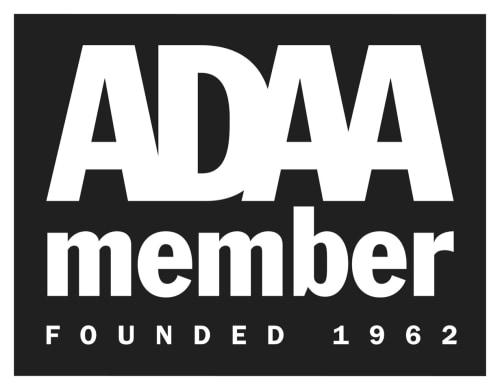Aisha Bell: Conjure
by Diana McClure
The work of Aisha Bell can be described as a dialectic between many pairs of opposites. In its most abstract iteration, form and formlessness. In its most literal, socially constructed identities and freedom of expression. In a sense, the spiritual power of conscious awareness alchemized within an individual and the pressures of external power structures, are eternally in a dance in the work of Bell.
Trained in painting first, and then ceramics, Bell’s work spans from figurative painting, drawing and collage to sculpture and performance. Often times, more than one medium is at work. Early in Bell’s practice, the subjects in her paintings found their self-actualization through a direct gaze, taking them out of the canvas and into an invasive performance within the viewer’s three dimensional space. Eventually, her subjects started to take shape as sculpted faces made from stoneware, porcelain, and terra cotta, claiming three dimensional personas, less concerned with confronting their audience.
The limitations of form, whether it be the physical body operating in daily life or the realm of ideas constricting one’s identity, outline the edges of Bell’s artistic output. However, her source material seems to be generated from an endless intuitive engagement with imagination. In her words, “the clay makes itself.” Two 2017 works, Fisher, made of stoneware, tempera paint, acrylic, gold leaf, gold twine, and canvas, and He saw the future coming, made from terra-cotta, canvas, and acrylic, continue in the the tradition of Bell’s past work, the pairing of ceramics and paintings on canvas. A sculpted head emerges in three dimensions in the top third of each piece, while abstracted torsos made from paint descend down each canvas in a flourish.
Despite the fictional origins of Bell’s subjects, their features, personalities, and gazes suggest otherwise. A realness exists in the faces of Bell’s characters that suggests an otherworldly connection to past ancestors, other beings, or future friends. The two pieces together call to mind a kinship between the two subjects physiognomy, while Bell’s choice to leave He saw the future coming in a raw terra cotta state and to paint Fisher in a similar, yet metallic, tone, also potentially link the works to a shared origin story.
Faced with external markers of identity, such as race, class, and gender, that require navigation in a material world full of stereotypes and limitations, Bell has located a site of liberation and power inside the awareness that socially inscribed identities function as masks. However, for Bell, once a self is established in the psyche that is detached internally from the stigma of stereotypes, the construction of new identities is simply that - a construction, not a truth or a reality.
Hence, what to do? In Bell’s case, the solution seems to be to play with creative abandonment. In giant a talk (conjure), 2017, made with terra-cotta, 14k gold, and glaze, chance, struggle, and negotiation collaborated with Bell in the process of making the piece. As in other cases, despite where Bell may have wanted to take the face of her sculpture, the face decided where it wanted to go. One result being unexpected cracks in its facade that Bell responded to with a loose interpretation of a Japanese technique called kintsugi. The art form is a style of repairing broken pottery with lacquer mixed with powdered gold, silver or platinum. giant a talk (conjure) is meant to be displayed with the crown of its head facing down, functioning as the base of the sculpture. The interior of the head is glazed in a ravishing blend of blues and greens. The work may suggest an exploration of a grounded luscious interior consciousness tinged with glimpses of gold, and all that it represents, coming out in the work.
In further movement from two dimensional canvas, to three dimensional ceramics, Bell has engaged the practice of performance to amplify her exploration of multidimensional identity. Coinciding with the rise in popular culture of Trap music, a form of rap, Bell’s longstanding interest with the term “trap” as it relates to identity has found a home in recent performance exhibitions: the 2016 performance, Trick Out this Trap, at BRIC; inclusion in Body and Soul - an official collateral performance event at the 2017 Venice Biennale; and, the installation piece Trick out trap for...made for the exhibition Conjure. Bell’s insertion of her own body as a tool for storytelling into her oeuvre, along with the writing of lyrics and the performance of rap music, may signal an expansion of her practice and message into the realm of popular culture, a particularly treacherous space for identity formation.
What is most interesting about the breadth of Bell’s work is its long reach into the past, through its possible association with mediumship and ancestors, and its stretch into the future through performance and fictional characters that could easily be part of a resurgent Afrofuturism movement. Of the many artists that Bell admires and relates to, Nick Cave and Frida Kahlo come to mind. Cave for his role as a messenger of liberation working between visual art and performance, and Kahlo for her groundbreaking commitment to the intimate psychic spaces of her own imagination.


